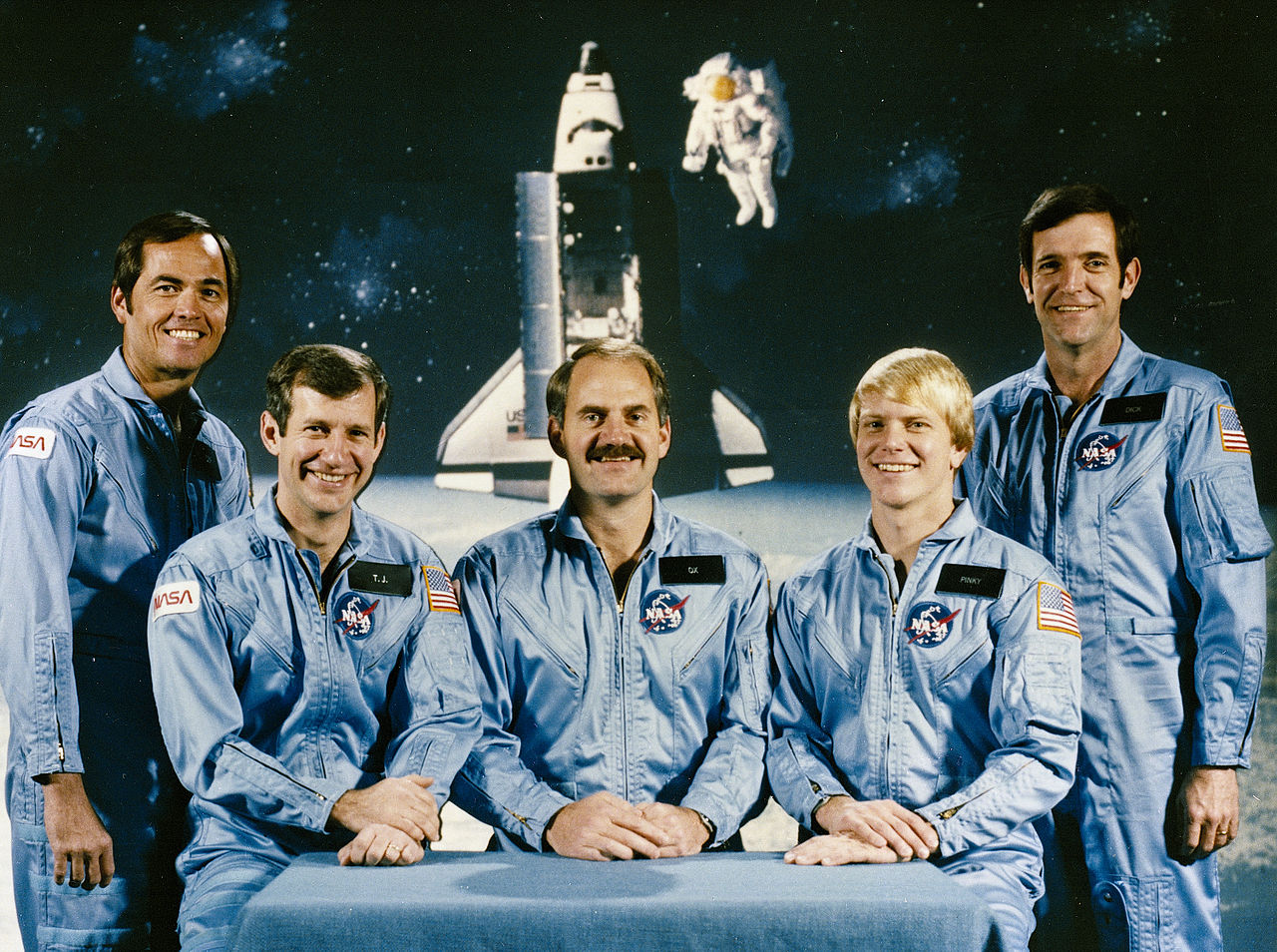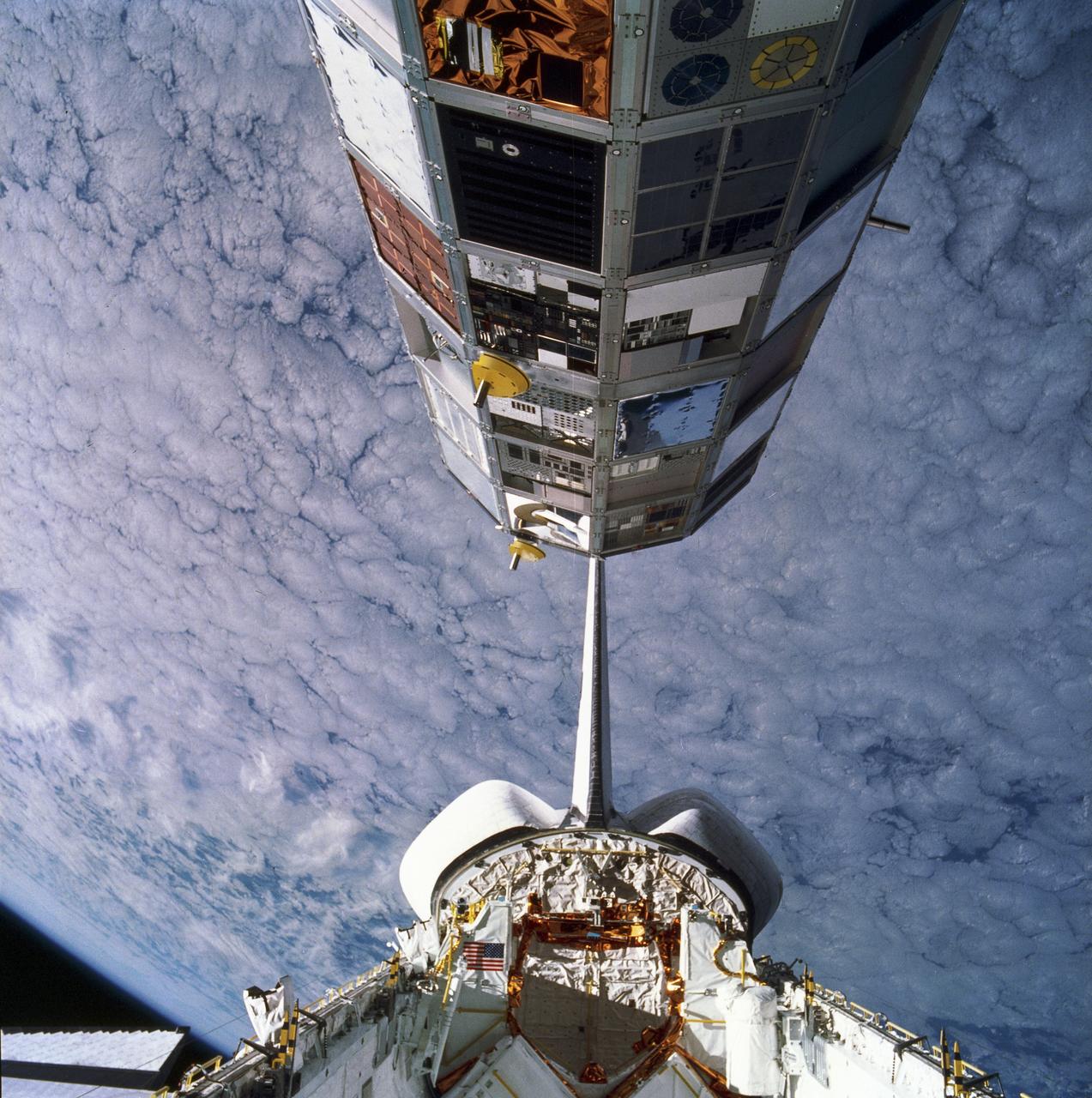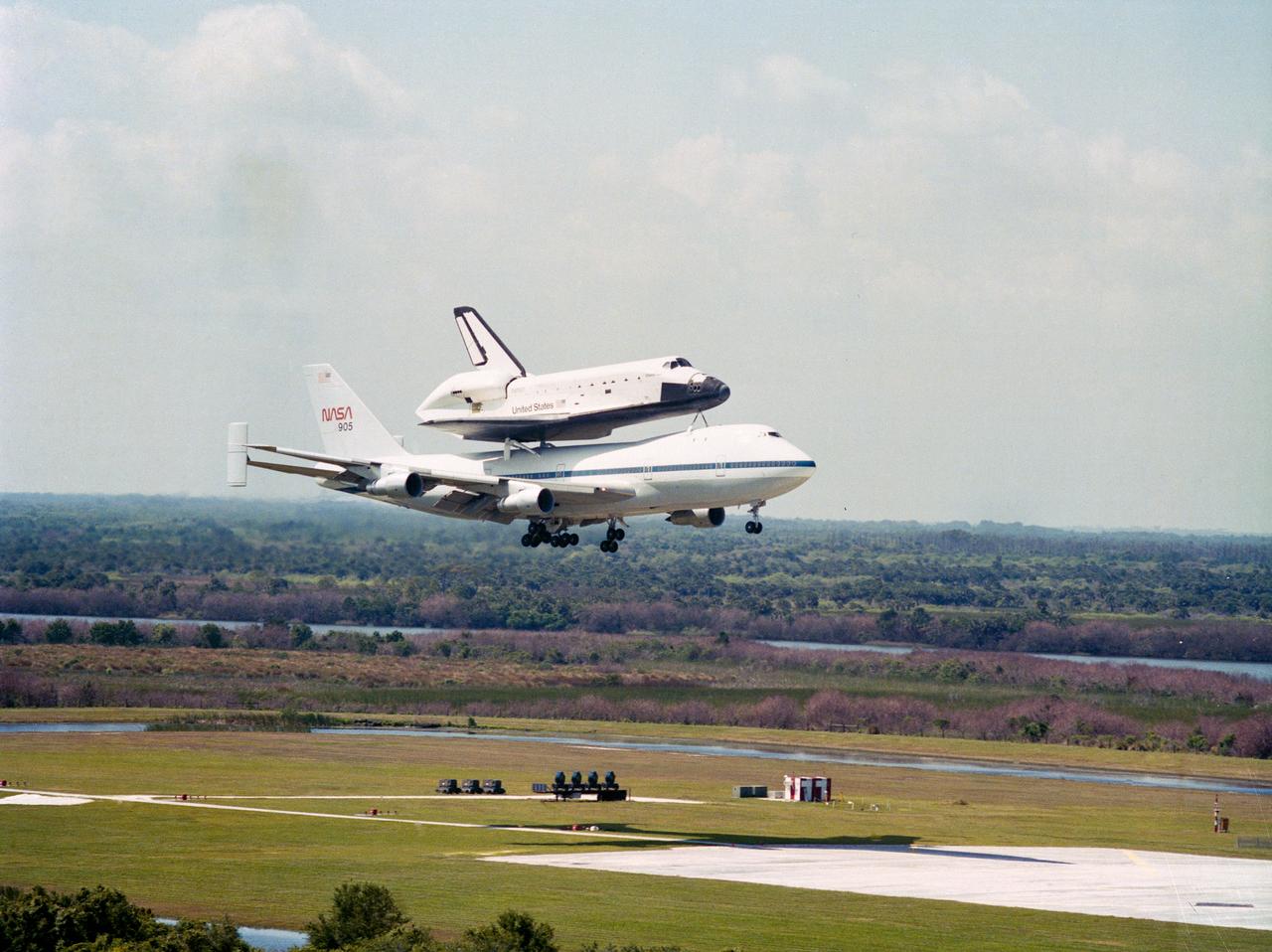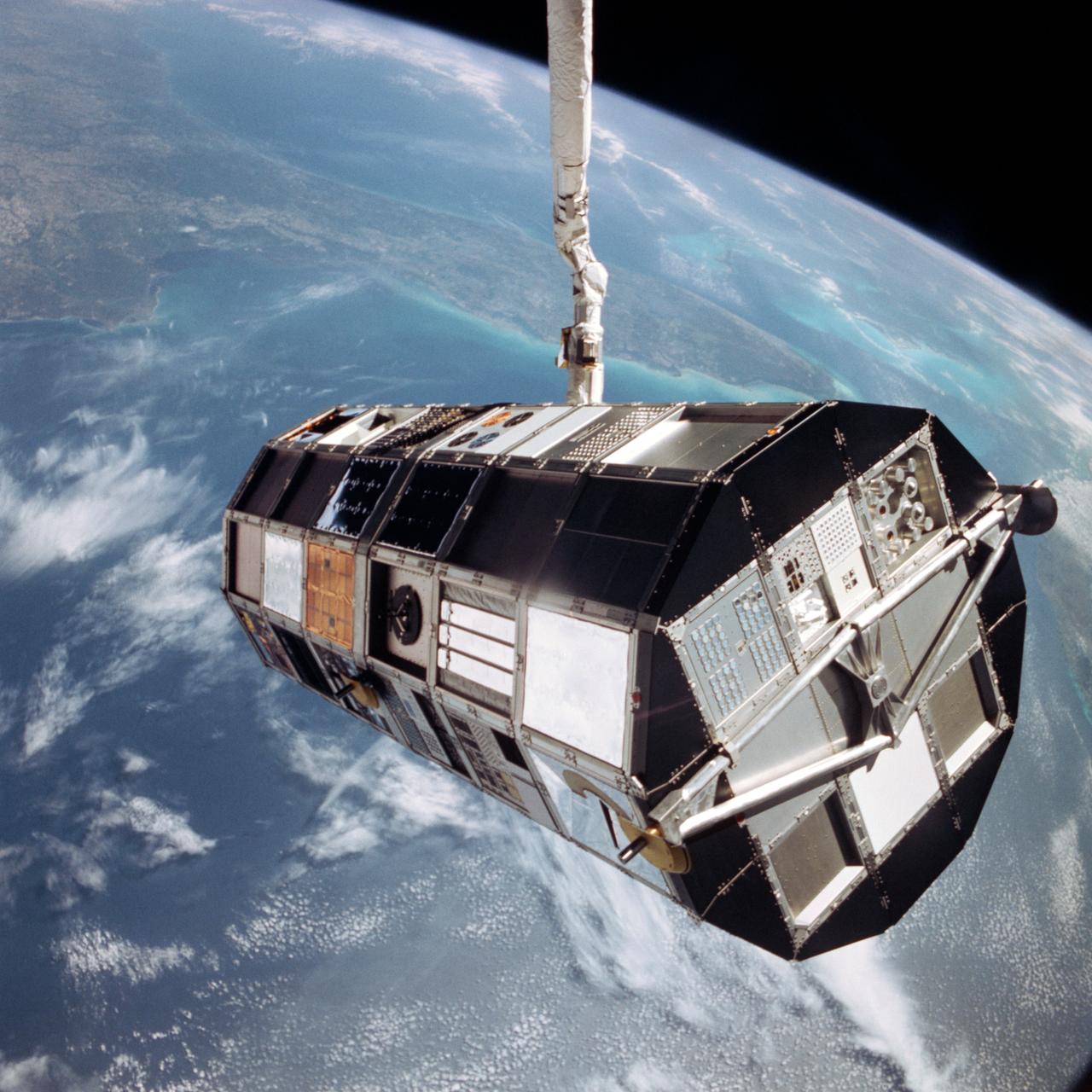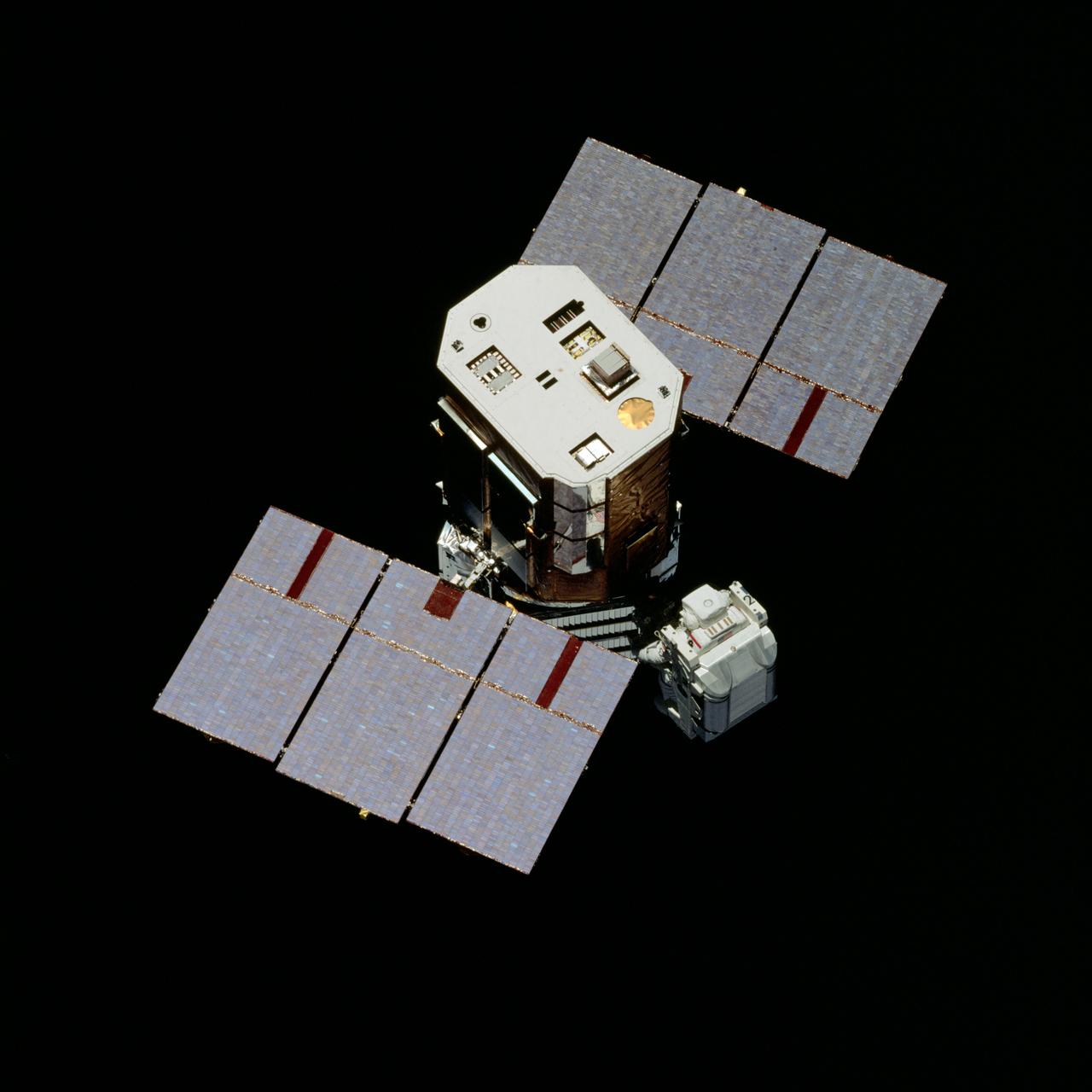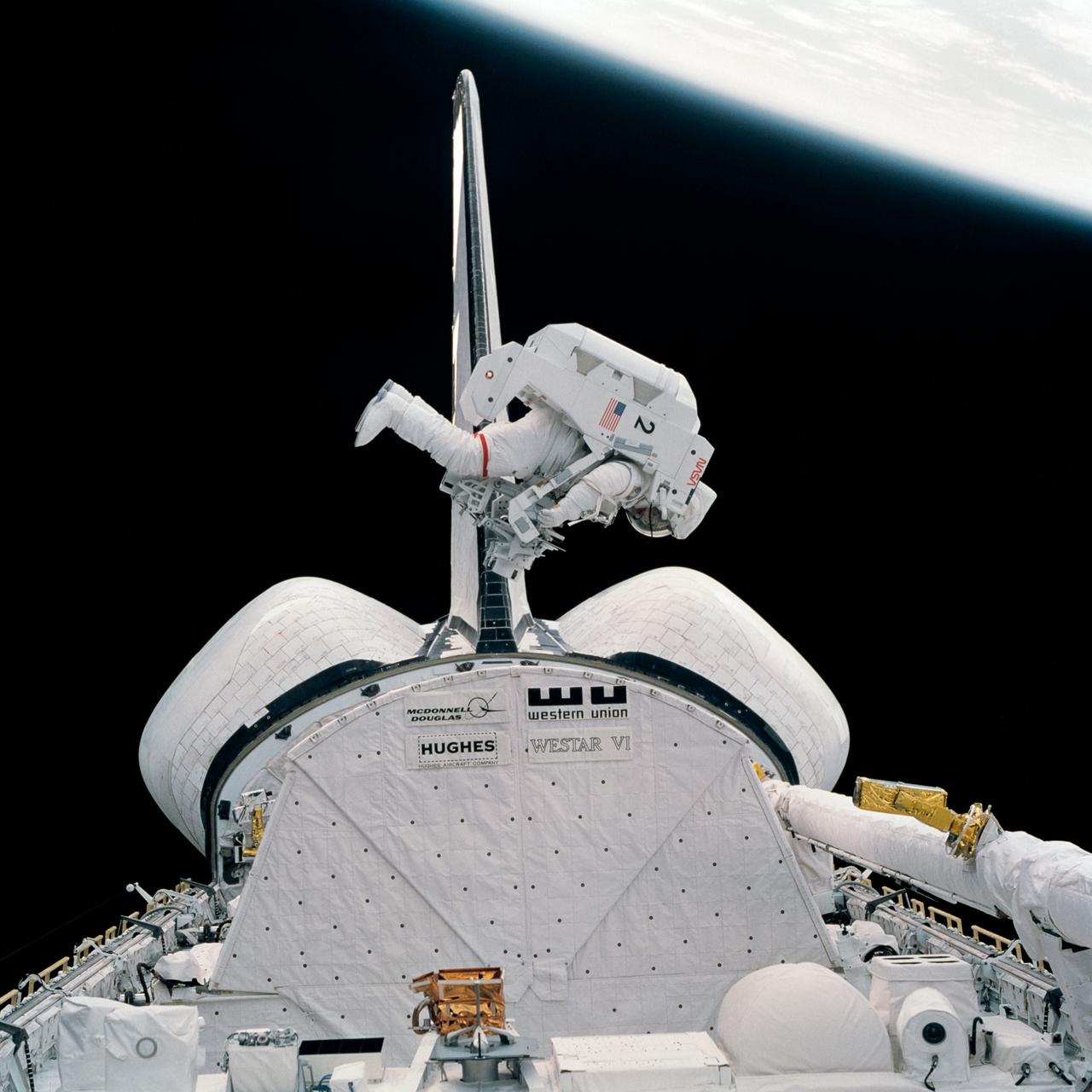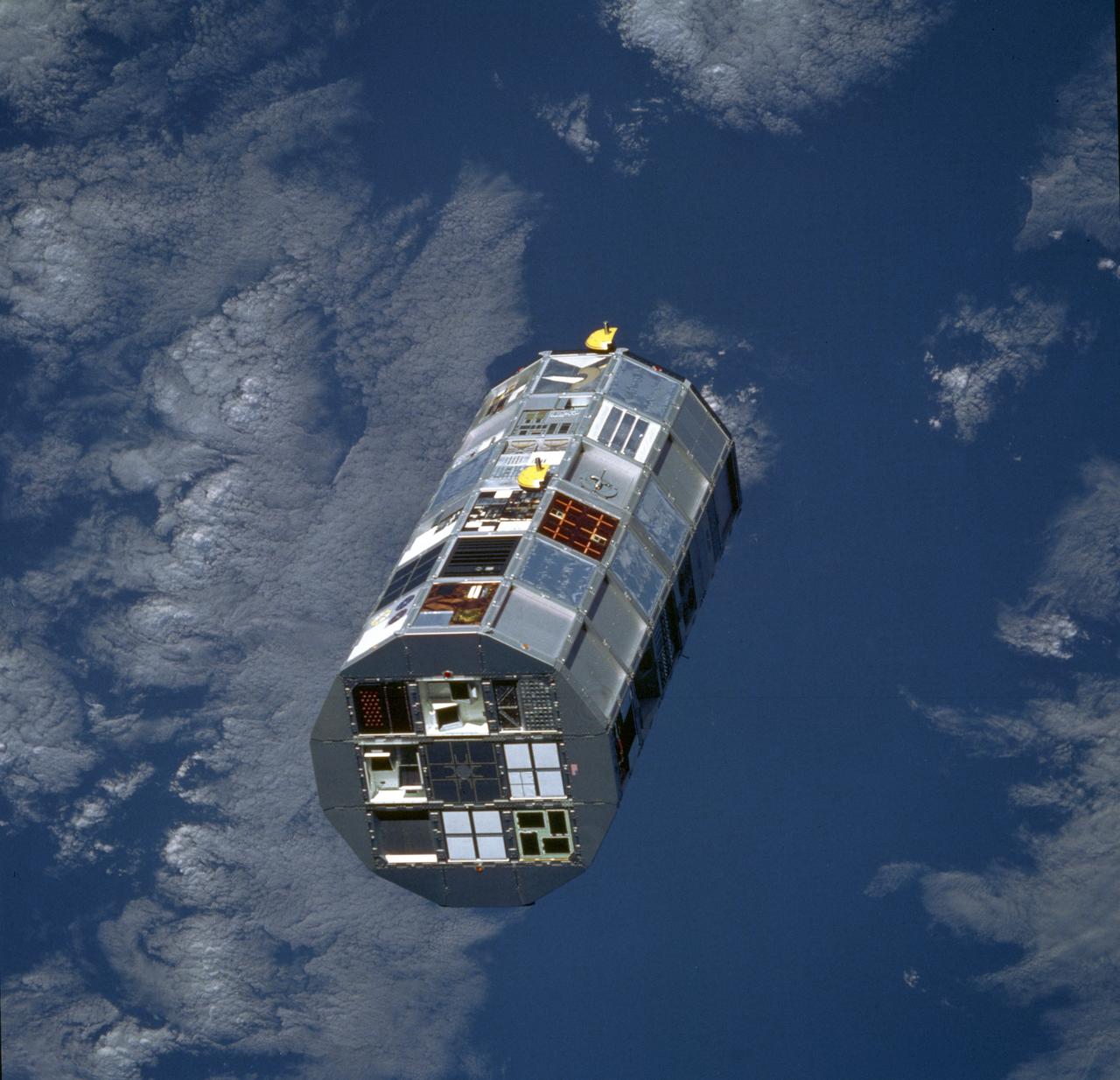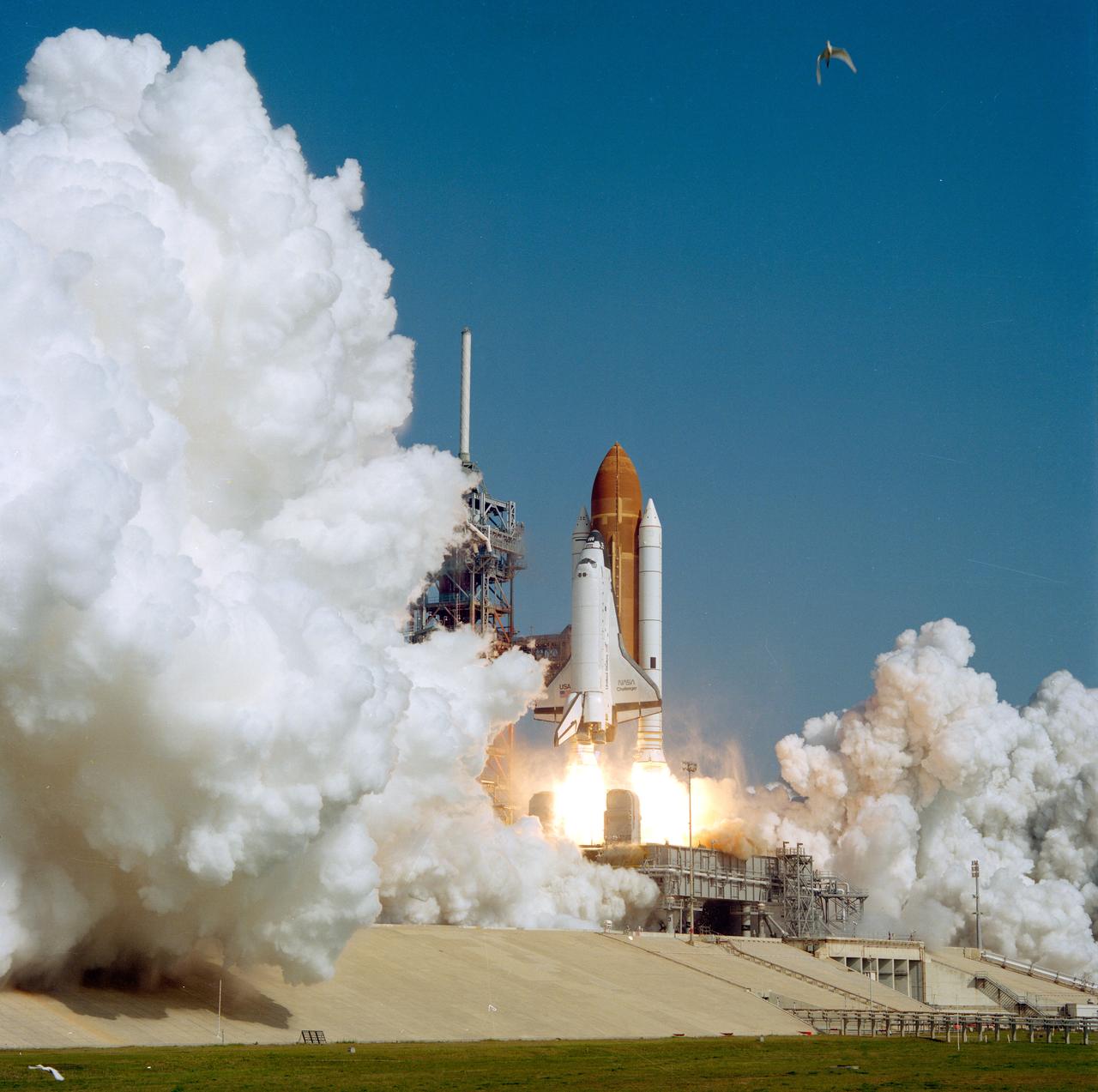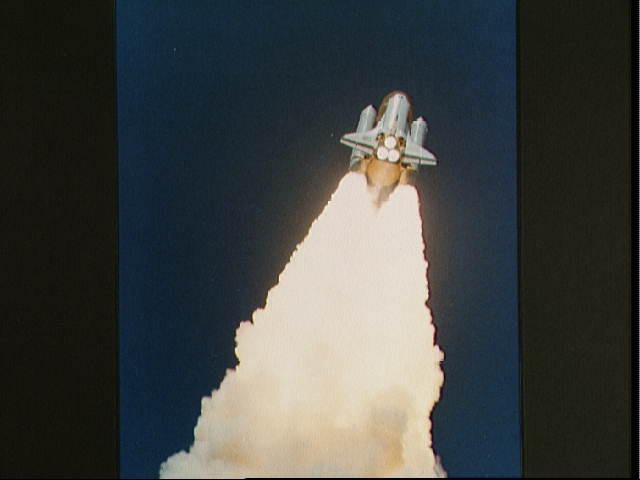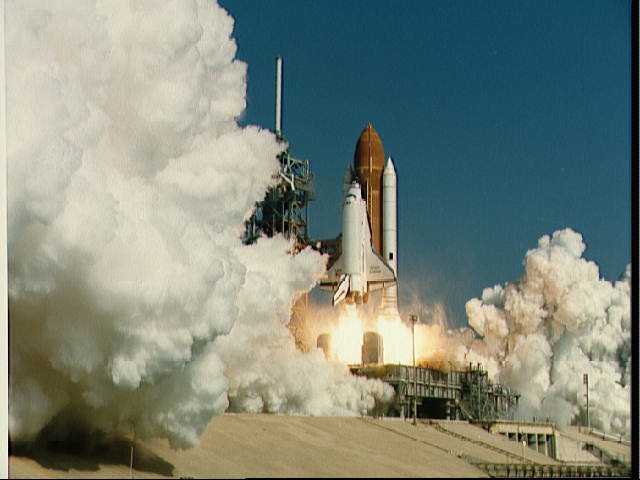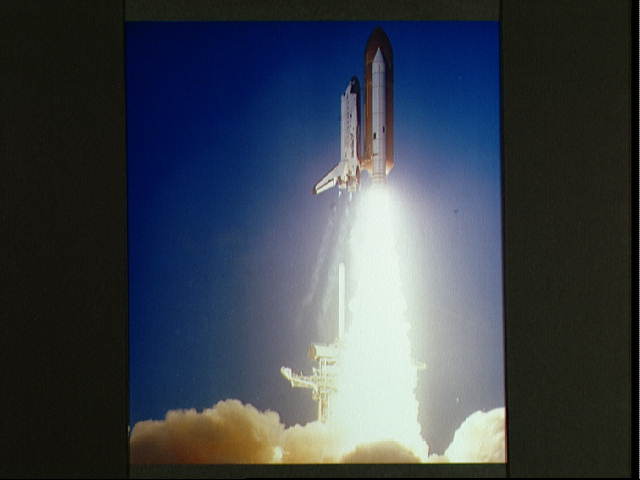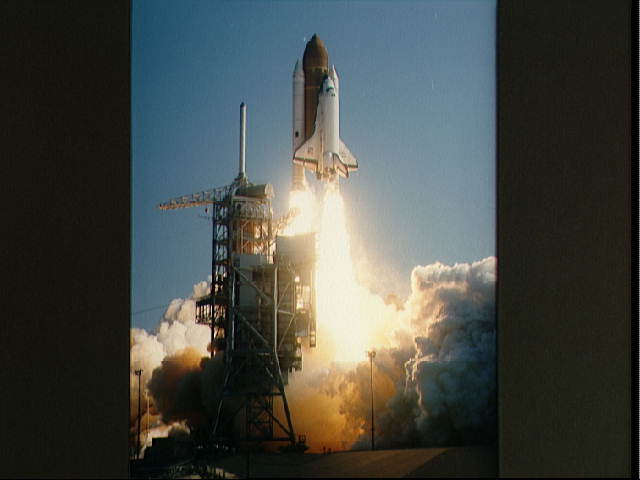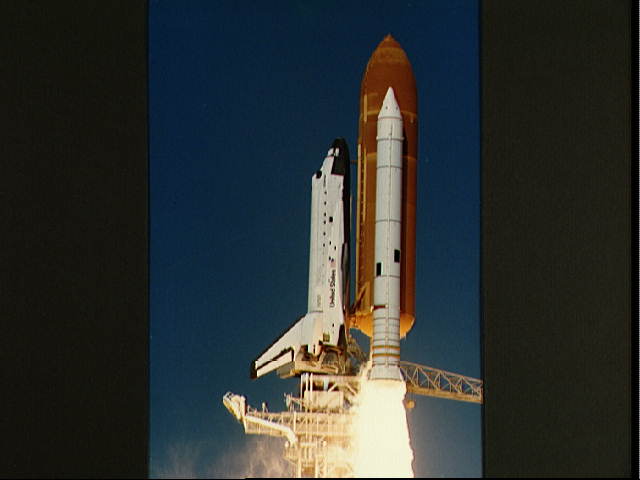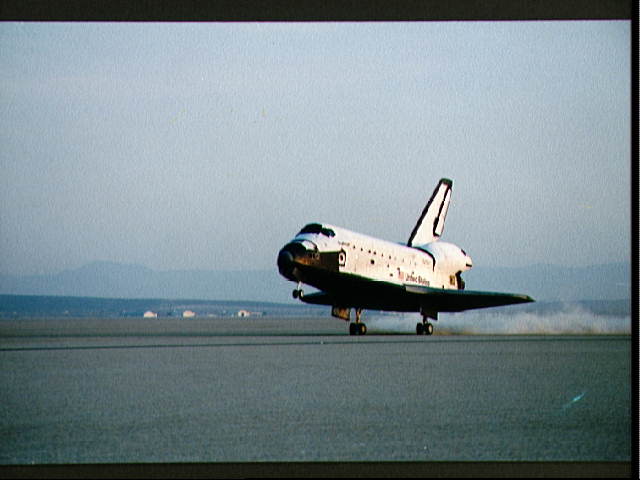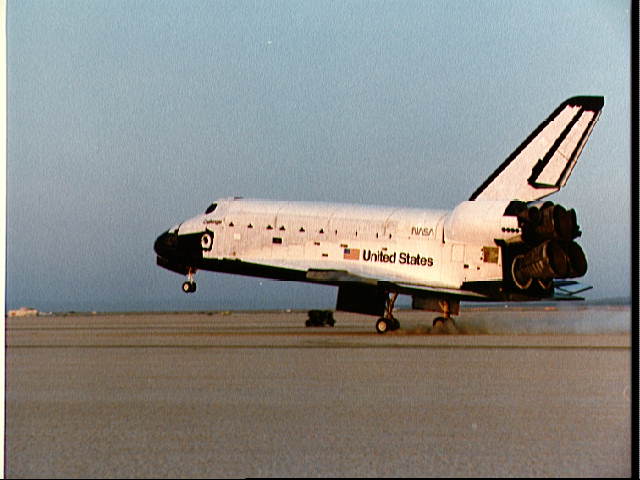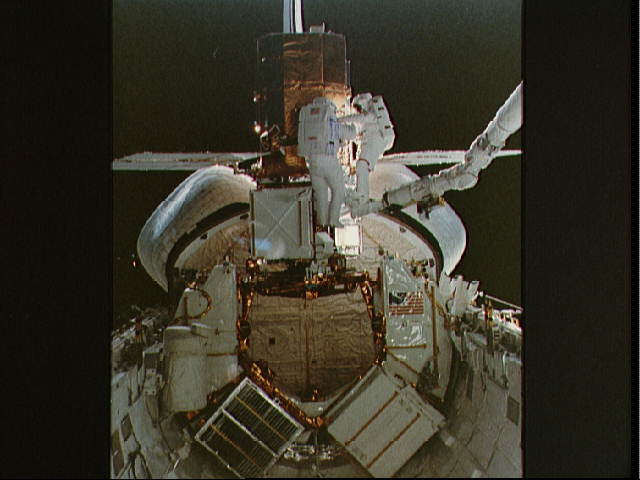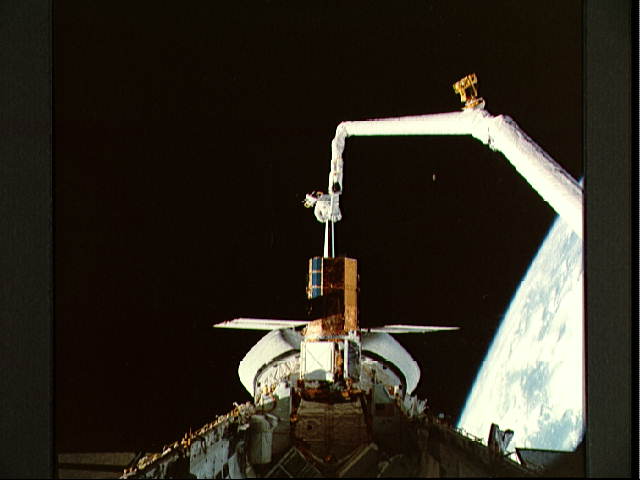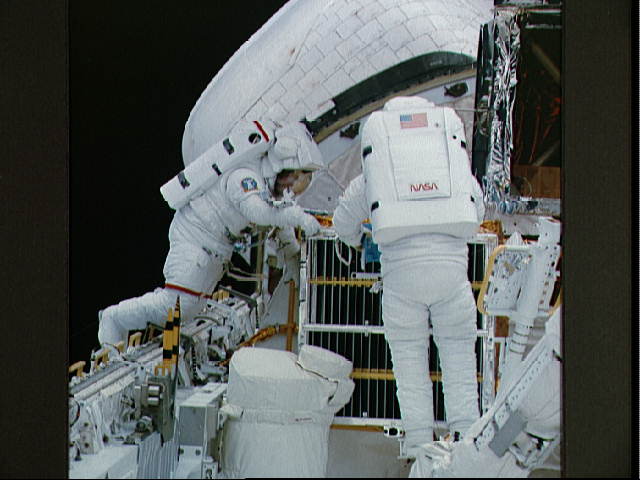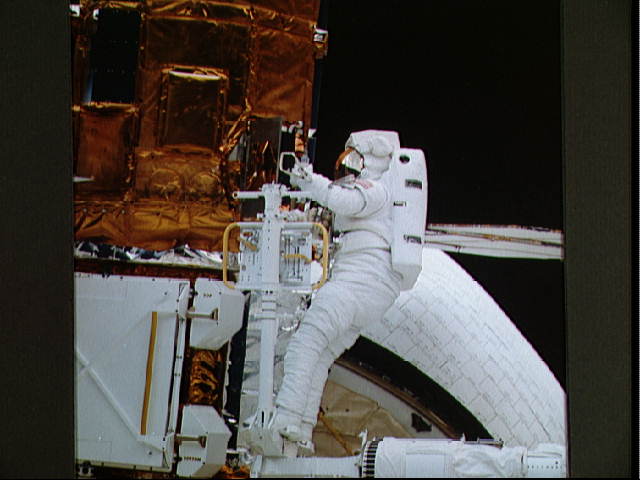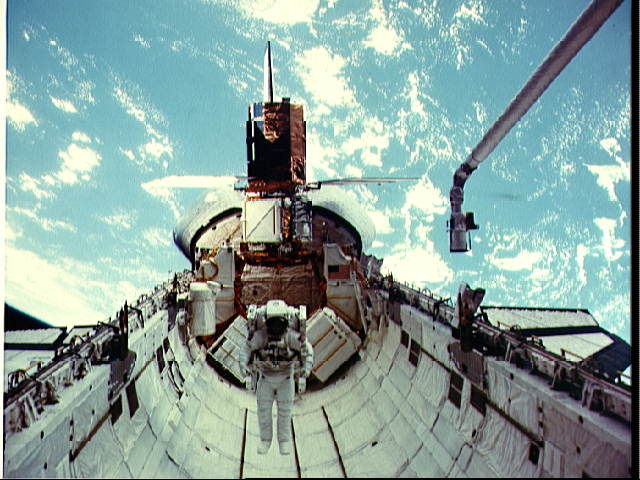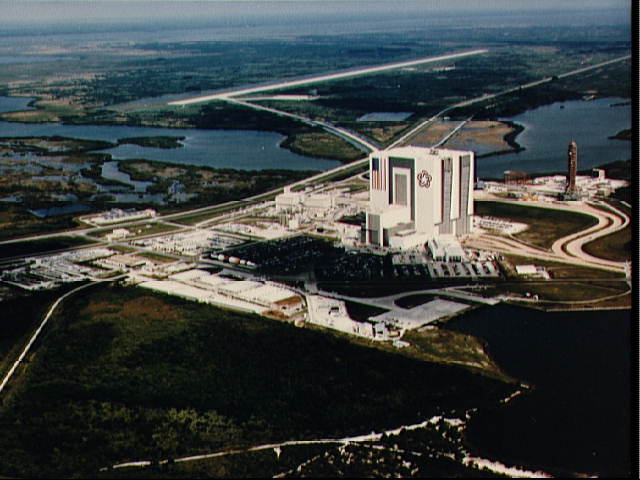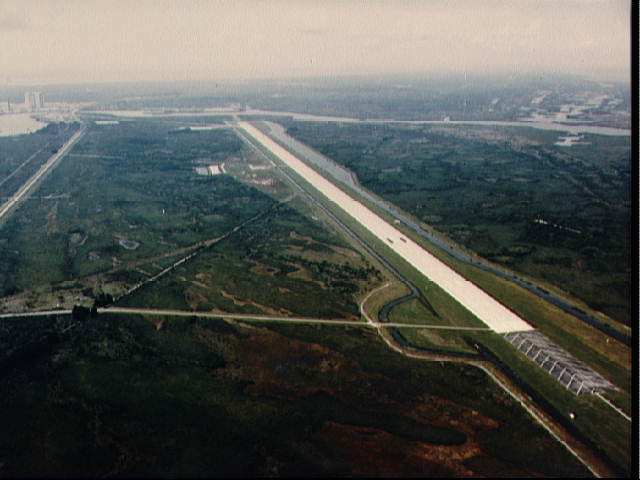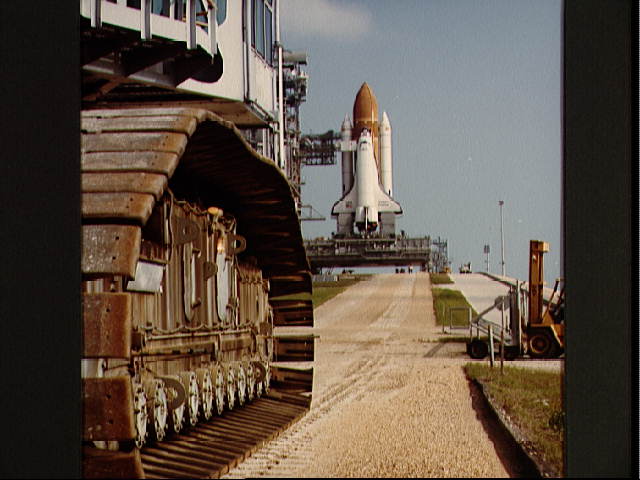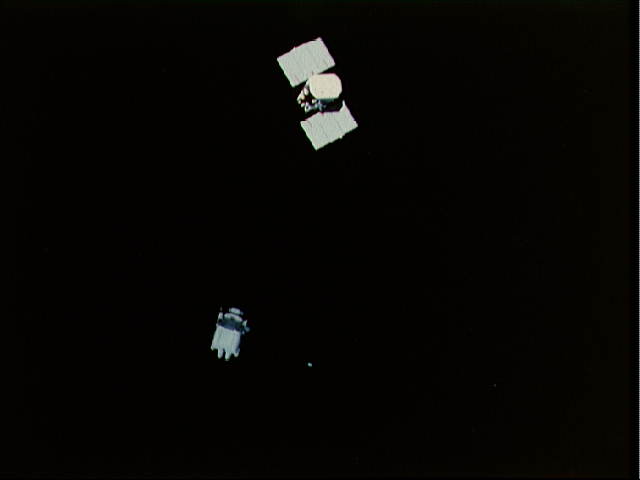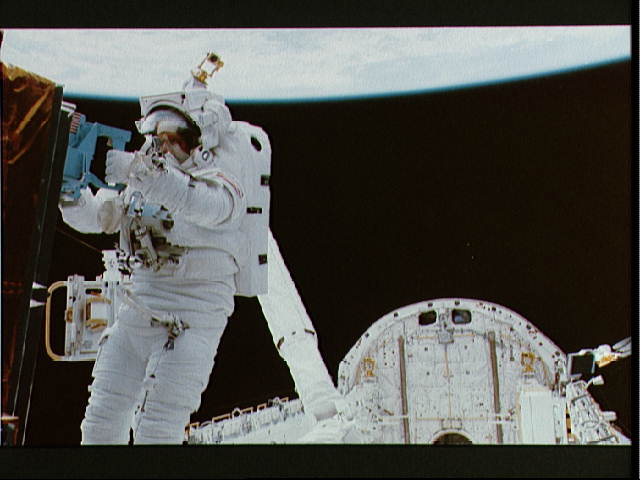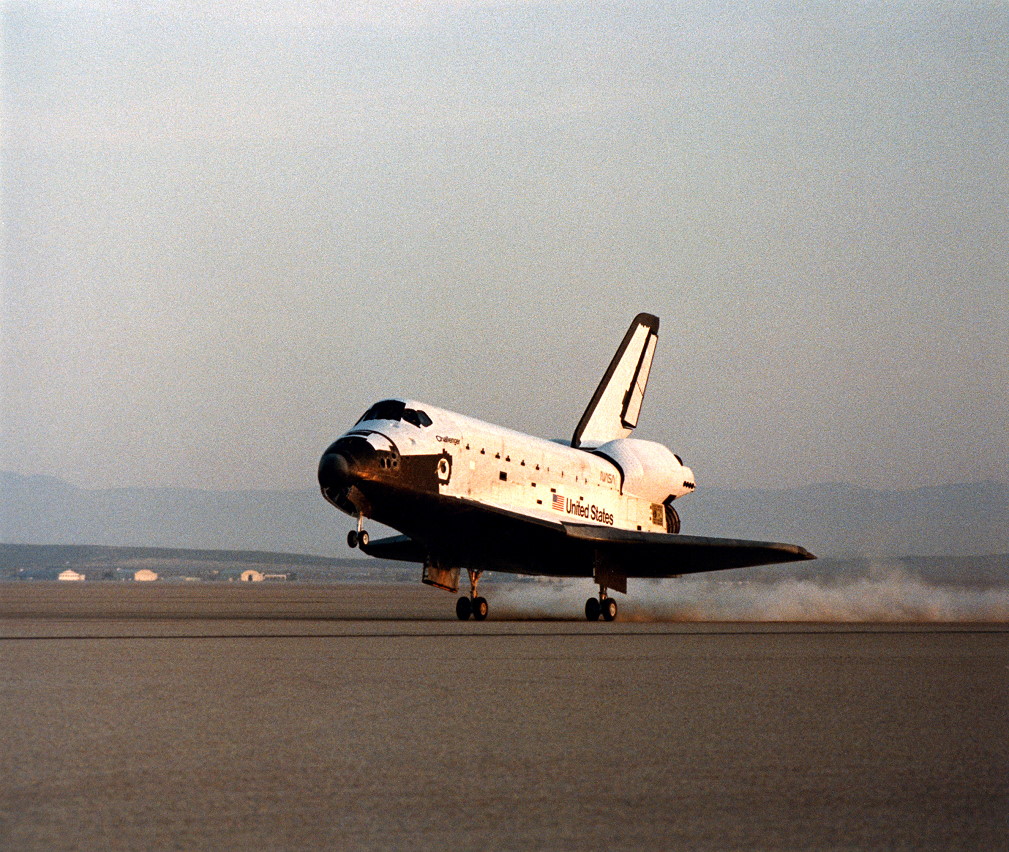STS-41C Fact Sheet
By Cliff Lethbridge

STS-41C — Challenger
11th Space Shuttle Mission
5th Flight of Challenger
Crew:
Robert L. Crippen, Commander
Francis R. Scobee, Pilot
George D. Nelson, Mission Specialist
James D.A. van Hoften, Mission Specialist
Terry J. Hart, Mission Specialist
Orbiter Preparations:
Tow to Orbiter Processing Facility – February 11, 1984
Rollover to Vehicle Assembly Building – March 14, 1984
Rollout to Launch Pad 39A – March 19, 1984
Launch:
April 6, 1984 – 8:58:00 a.m. EST. Launch occurred as scheduled with no delays.
Landing:
April 13, 1984 – 5:38:07 a.m. PST at Runway 17, Edwards Air Force Base, California. Rollout distance was 8,716 feet. Rollout time was 49 seconds. Mission duration was 6 days, 23 hours, 40 minutes, 7 seconds. Landing occurred during the 108th orbit. The mission was extended one day after astronauts were unable to initially grapple the Solar Max satellite. A planned landing at the Kennedy Space Center was canceled due to poor weather.
Mission Summary:
The primary payload of the mission was the Long Duration Exposure Facility (LDEF). However, a spacewalk was planned to validate one of the most important goals of the Space Shuttle program, the on-orbit capture, repair and redeployment of a satellite.
The first spacewalk of the mission, originally planned to be the only spacewalk of the mission, was conducted by astronauts Nelson and van Hoften on April 8, 1984. Nelson employed a Manned Maneuvering Unit (MMU) while van Hoften remained tethered to the Shuttle.
Nelson was to have grappled the Solar Max satellite using a Trunion Pin Attachment Device (TPAD) mounted between the handles of the MMU. Three attempts to grapple the satellite using the TPAD failed. The TPAD jaws could not lock onto Solar Max because of an obstructing grommet on the satellite not included in the blueprints for the satellite.
The three attempts of Nelson to unsuccessfully grapple the satellite using the TPAD caused it to spin, making additional attempts difficult. Nelson then attempted to stabilize the satellite using his hands, but this caused its spin to reverse and caused a slow tumbling motion as well.
An attempt was then made to grapple Solar Max with the Shuttle’s Remote Manipulator System (RMS) but this attempt failed because of the satellite’s tumbling motion. The spacewalk was then aborted, and lasted 2 hours, 38 minutes.
Controllers at the NASA Goddard Space Flight Center were able to stop the tumbling motion of Solar Max, which was subsequently captured by the RMS on April 10, 1984. A spacewalk was scheduled for the next day.
Astronauts Nelson and van Hoften conducted a 6 hour, 44 minute spacewalk on April 11, 1984 during which the Solar Max attitude control module and main electronics box were replaced. Pieces of thermal blankets and aluminum parts were retrieved from the exterior of Solar Max. The pieces were returned to Earth and analyzed to determine the effects of micrometeorite impact.
LDEF, a bus-sized satellite packed with 57 experiments, was deployed. LDEF was designed to remain in orbit for about one year and be retrieved and returned to Earth during mission STS-51D, originally scheduled for February, 1985.
As it turned out, LDEF spent almost five extra years in space. STS-51D could not accommodate LDEF retrieval due to remanifestation of payloads from canceled mission STS-51E. An additional delay in LDEF retrieval occurred as a result of the Shuttle program stand-down following the Challenger tragedy.
LDEF was ultimately retrieved during mission STS-32 in January, 1990.
Other payloads included the IMAX camera system, Radiation Monitoring Equipment (RME), Cinema 360 camera system, and one SSIP experiment.
SELECTED NASA PHOTOS FROM STS-41C
